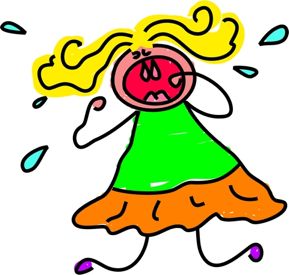The Power Of ABA: Sebastien’s Story
 Sebastien was diagnosed with autism at age 3 in the late 1990s. Back then, applied behavioural analysis (ABA) in the treatment of ASD wasn’t popular like it is today; but his parents decided it was the only therapy that made sense for their son, as he continued to deteriorate and life became more unbearable. The choice was good: Sebastien, now 21, has achieved many milestones because of ABA. Here is Sebastian’s story of ASD and ABA. Read More »The Power Of ABA: Sebastien’s Story
Sebastien was diagnosed with autism at age 3 in the late 1990s. Back then, applied behavioural analysis (ABA) in the treatment of ASD wasn’t popular like it is today; but his parents decided it was the only therapy that made sense for their son, as he continued to deteriorate and life became more unbearable. The choice was good: Sebastien, now 21, has achieved many milestones because of ABA. Here is Sebastian’s story of ASD and ABA. Read More »The Power Of ABA: Sebastien’s Story







